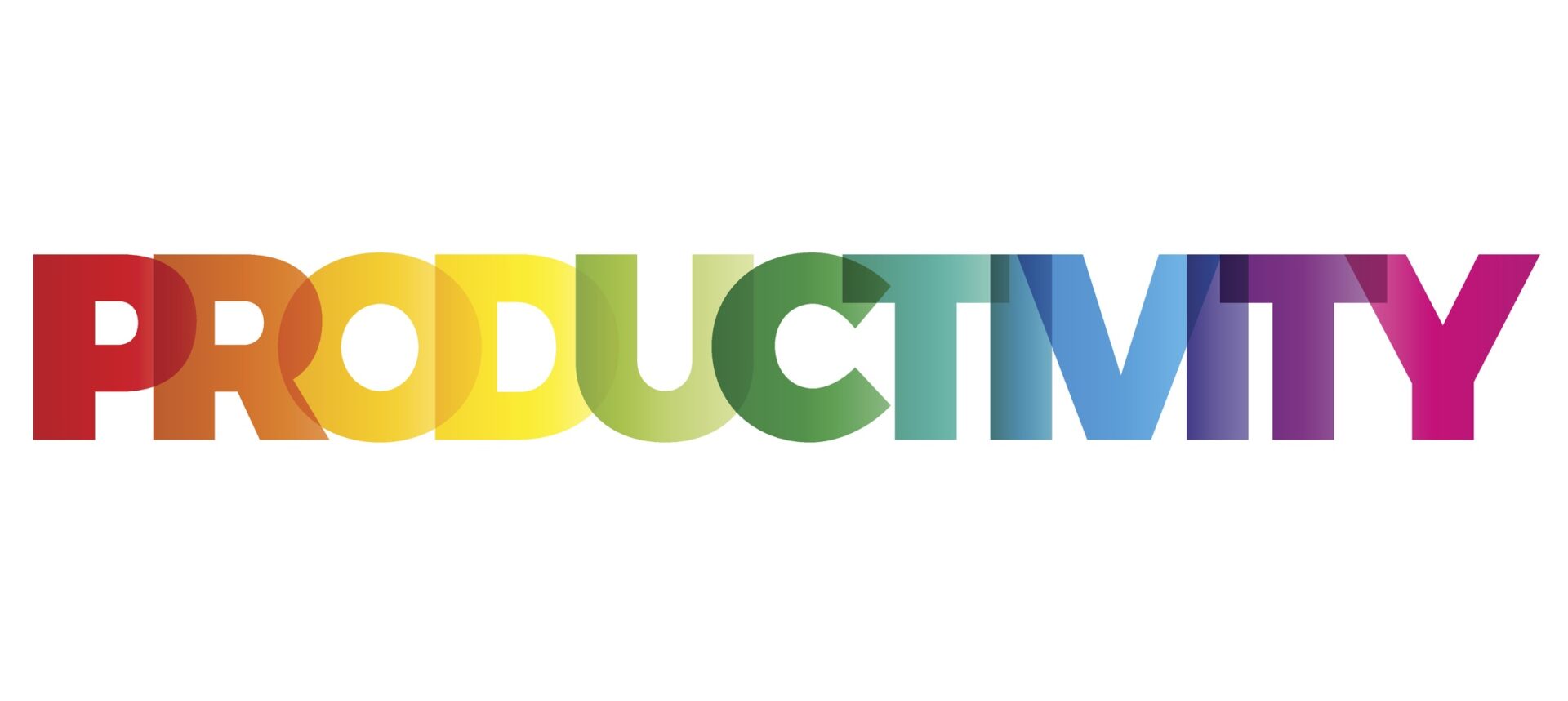
Reformulate Your Schedule to Boost Productivity and Get Your Life Back
Productivity is perhaps one of the most sought-after things of the modern day. Our work lives have trespassed upon our personal hours, and time is an incredibly valuable resource. Moreover, mobile phones, email, social media, and the like have created innumerable distractions that make getting work done that much harder. If you’re like me, some days you find yourself delaying the big project until you can get all the little ones out of the way, and before you know it it’s 3 pm and you haven’t accomplished what you needed to get done. Add the afternoon drowsiness that follows and soon you find yourself clearing your calendar for tomorrow in hopes of achieving your project then. It can be a constant cycle, and yet all of us at one point or another fall victim. It isn’t procrastination in its truest sense, but poor prioritization can be just as unproductive.
So how do you spur creative thinking, efficiency, and productivity? An author by the name of Donald Miller has come up with a way to help us boost productivity in our daily lives that I think holds tremendous value. Miller was struggling with similar challenges as named above, and was in dire need of a creative boost to help get his writing career back on track. Lucky for you and me, Miller did the heavy lifting for us, reading countless books on the psychology of productivity and what drives us to accomplish certain tasks. He compiled his findings into a comprehensive Storyline Productivity Schedule that explains the theory and process in full. For the purposes of this post, however, I’m going to lay out what I believe to be his most valuable and applicable points:
1. Do your most important project first. Miller recommends that you attack your most pressing project first thing in the day. Establish a morning ritual, limit the points of contact with others, sit down, set a timer, and get to work. Thus, unless your project requires you to correspond via email, that means that email should not be the first thing you do in your day (though we all find ourselves checking email first!) There are a few advantages in doing so. One, your brain is the most alert and refreshed first thing in the morning, and thus likely to produce some of your best quality work. Two, it limits the possibilities of distractions that can majorly hamper productivity if its earlier in the morning. Three, it reduces the possibility of experiences that threaten to throw us off our rails, like a frustrating conversation with a coworker or a text message that rubs you the wrong way.
2. Number your three biggest projects in order of importance, and separate them from your other to-do’s. I mentioned this briefly in my last post, but let me expand upon this further, as I believe it is truly important. By separating the to-do’s (like responding to an email, picking up dry cleaning, etc.) from your important projects, you limit the possibility that your whole day slips by you without having done anything that is truly pressing and important. That requires, of course, that you dedicate time to your projects before anything else, or work in some to-do’s between projects to give your brain a break before setting a timer and beginning your next project. Miller recommends you limit your number of projects to three, as anything beyond that is likely to result in a shallow level of engagement and a large amount of task switching.
3. Track the time you spend on each project and log it in your calendar/planner. I can’t tell you the number of times that I have sat down and worked diligently on a project, only to not quite finish it and feel this awful lack of accomplishment. I am the guy that loves to finally check the box — the problem is that we can’t always do that for all projects that we work on throughout the day (don’t we wish!). However, what we can do is track the time that we spend (I like to set a timer for at minimum an hour) and log that as we work on each project. Doing so brings two points of value. One, there is still an inherent sense of accomplishment in dedicating time in your day to a project and being able to write that down. Two, by setting a period of time and keeping track, you are more likely to limit distractions and make that time valuable. It’s a win-win, and something that has dramatically changed how I think about my day and the amount of work that I can get done in a sitting.
Believe me when I say that these recommendations have the ability to absolutely change your day – boosting both quality of output as well as minimizing the time spent drudging through projects. If you are curious about more of Miller’s work and the other intricacies of his productivity schedule, I highly encourage you to click the link above and check it out for yourself. He even has templates that you can print for free that will help you structure your day in the way outlined above, plus other features that he cites add value to your level of productivity. At the very least, try the three points I have laid out above and take back those valuable hours of your day!
